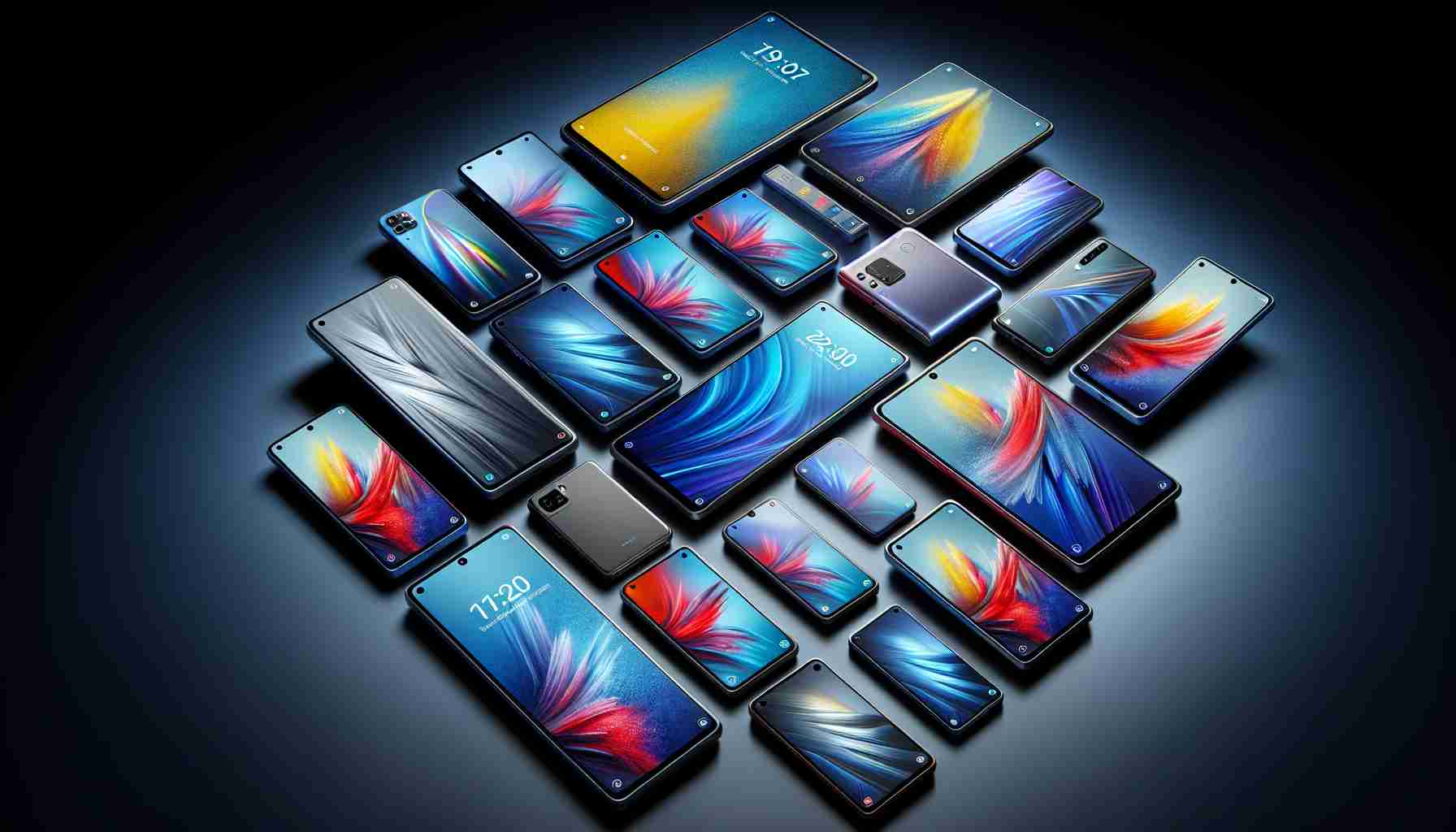When it comes to investing in a new flagship smartphone, the purchase goes beyond the device itself. Prospective buyers often engage in a thorough research phase where device specifications and functionalities are closely scrutinized. Moreover, reviews of potential options are meticulously examined.
Yet, one crucial aspect that has been emphasized in recent years, and may sometimes be overlooked, is the longevity of software support. This aspect is critical as it ensures access to the latest features and security protections, potentially extending the lifespan of the flagship smartphone to four years or more. Additionally, such devices often present a valuable purchase in the secondhand market years later.
Let’s talk about industry leaders in software support.
Google’s flagship, Google Pixel 8 Pro, boasts one of the longest software support commitments in the market, with Google promising seven years of updates from its market debut. The Samsung Galaxy S24 Ultra, running on Android 14 with the One UI 6.1 interface, matches this with a promise of seven years worth of Android updates and security patches. Apple’s top offering, the iPhone 15 Pro Max, is confirmed to receive five years of iOS updates and security support lasting until 2030.
The Samsung Galaxy Z Fold5 promises four years of Android updates and five years of security patches. Xiaomi aims to provide four years of Android updates for the Xiaomi 14 Ultra, coupled with five years of security fixes. Finally, the Honor Magic6 Pro joins the ranks with a commitment to four years of Android updates and five years of security patch support.
All these devices are available for purchase from various retailers, often with the incentive of promotional prices and convenient shipping options to various locations.
Important Questions and Answers:
Why is long-term software support essential for flagship smartphones?
Long-term software support is crucial for maintaining the functionality and security of a device. It helps protect against security threats that emerge over time and ensures compatibility with the latest apps and services. Extended support also enhances the resale value of a device.
What are the key challenges associated with long-term software support?
Manufacturers must commit resources to develop, test, and deliver updates regularly over an extended period. As hardware ages, it becomes more challenging to optimize newer software for older devices. Additionally, ensuring a stable user experience with new software on various device models can be complicated and resource-intensive for brands.
What controversies might be associated with the topic?
Controversies may arise regarding the definition of ‘support.’ Some manufacturers might deliver only security updates without new feature updates, which could be misleading for users expecting full-fledged support. Additionally, there can be disagreements on the support duration promised versus what is practically delivered.
Advantages:
– Increased security with regular updates.
– Access to the latest features and improvements.
– Longer device usability can lead to cost savings over time.
– Higher resale value due to longer support commitment.
Disadvantages:
– Increased cost for manufacturers to maintain long-term support.
– Possible performance issues as older hardware tries to run newer software.
– Environmental impact due to additional resources required for support.
If you’re looking for more information on flagship smartphones or wish to explore current models and their software support commitments, you can visit the official websites of the different manufacturers. Here are a few links to get you started:
– Apple
– Samsung
– Google Pixel
– Xiaomi
– Honor
Please ensure that you research and verify any specifics from the official sources or direct announcements by the manufacturers, as they are subject to change and updates beyond the knowledge cutoff date.
